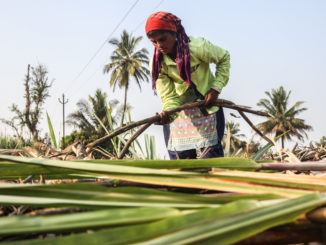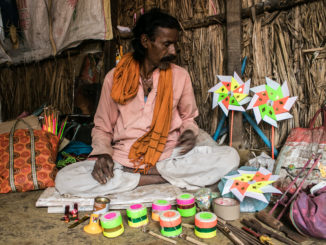
Covid 19 and The Desperate Lives of India’s Sugarcane Workers
Devabai Valvi used to sharpen her sickle every month. That changed when the pandemic swept through India. For the first time, she had to abandon her sickle and watch with dismay as agricultural workers like herself were forced to to be idle. On March 23rd, 2020, when India reported 618 COVID cases, India’s Prime Minister Narendra Modi hastily declared a lockdown – curbing the movement of 1.3 billion people. Sixty eight days later, when the lockdown was lifted, India had already registered 189,273 COVID cases, and today, nine months later, it has surpassed 10 million cases and reported over 155,000 deaths. India now has the highest number of COVID cases after the United States.

